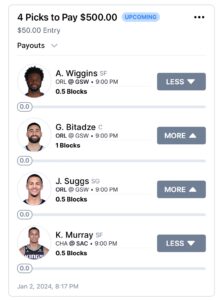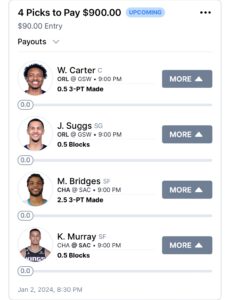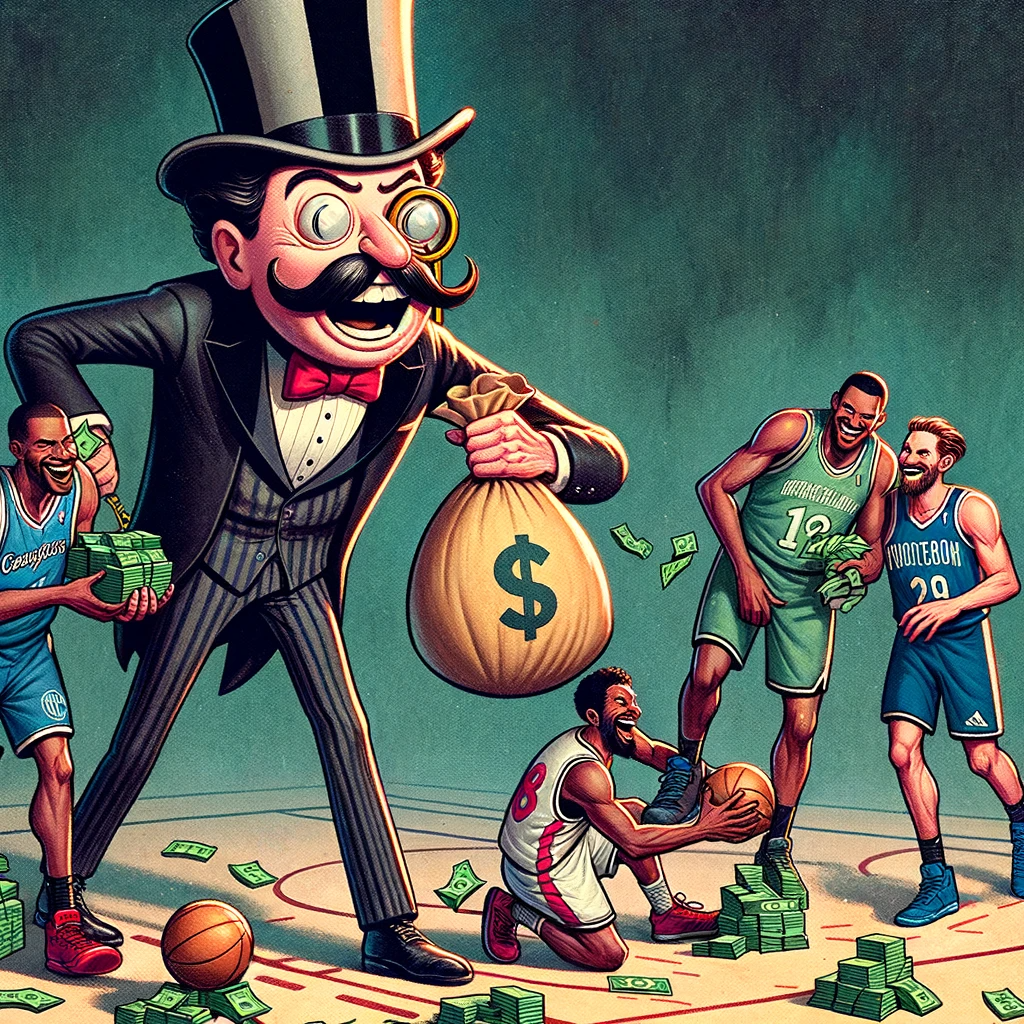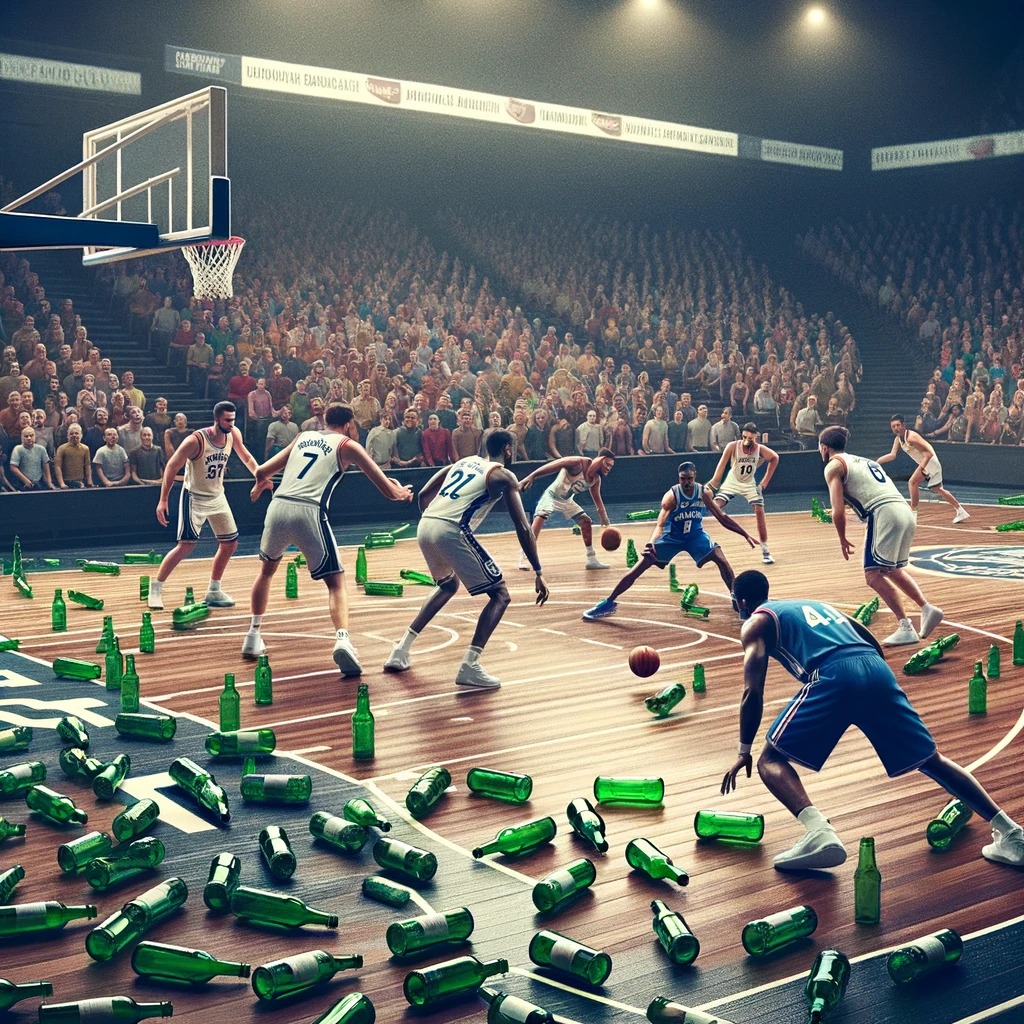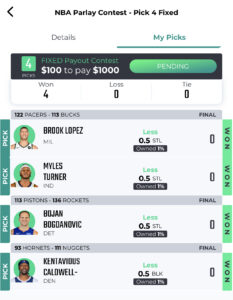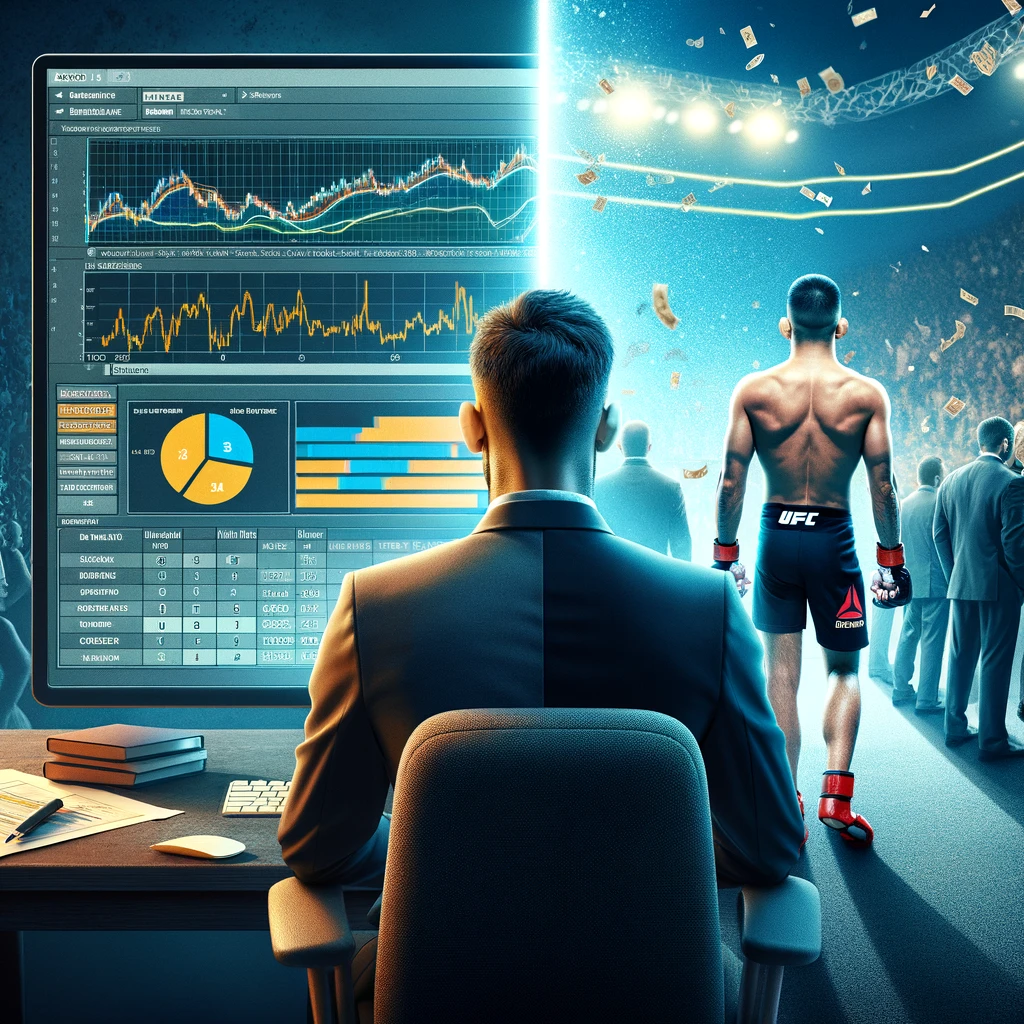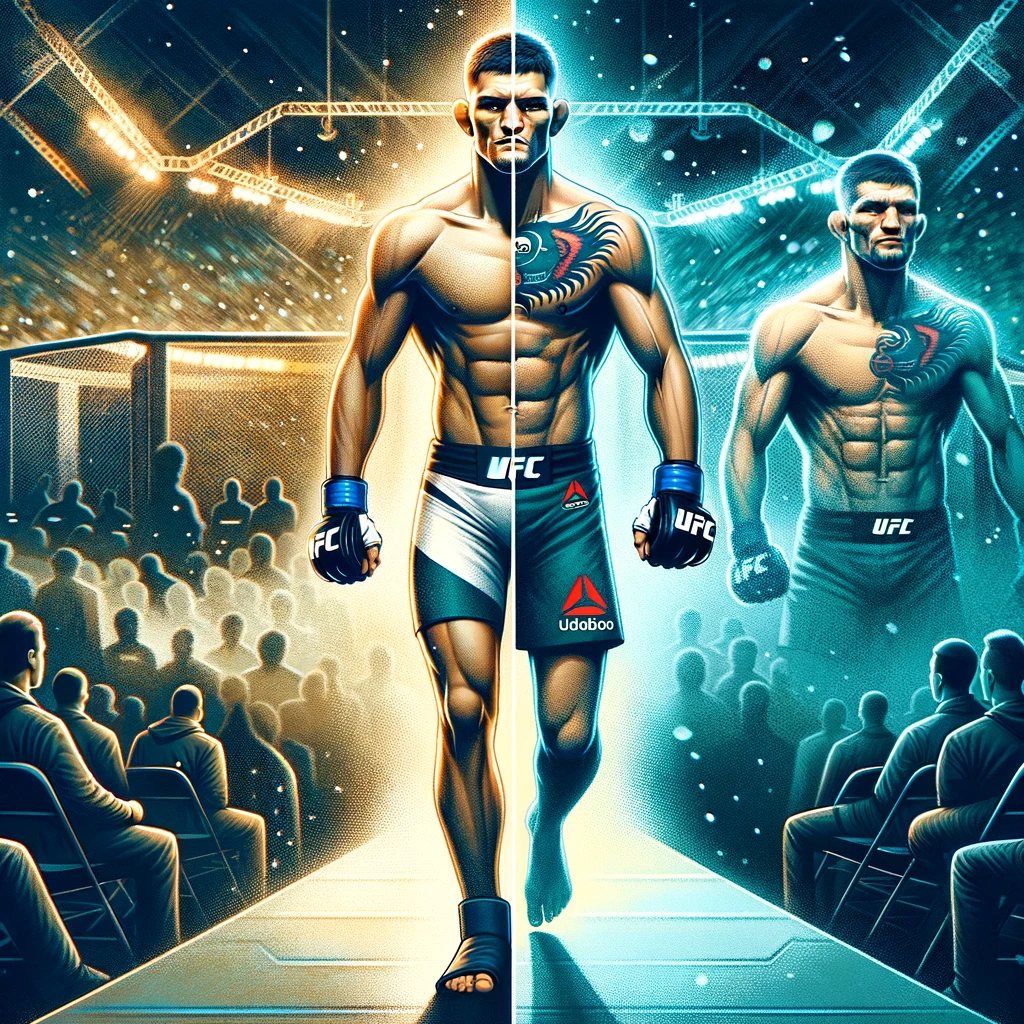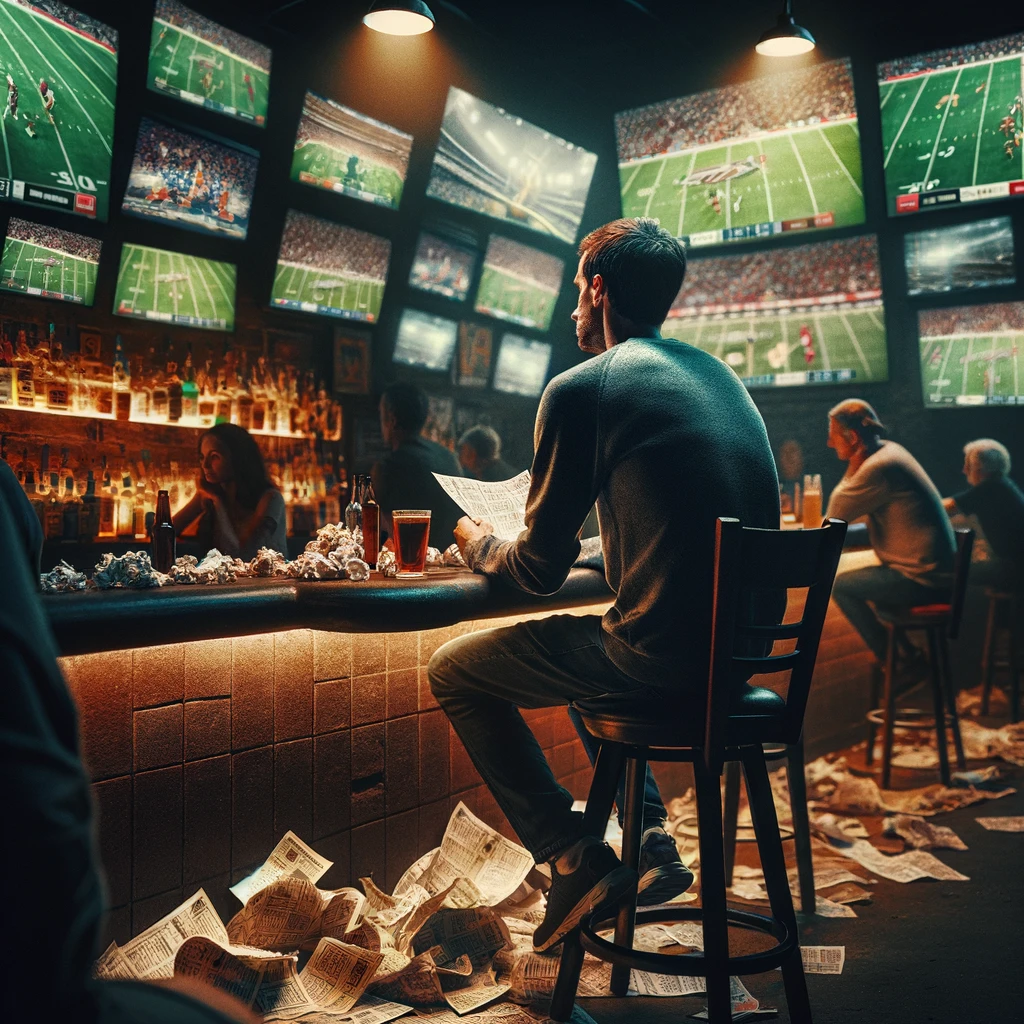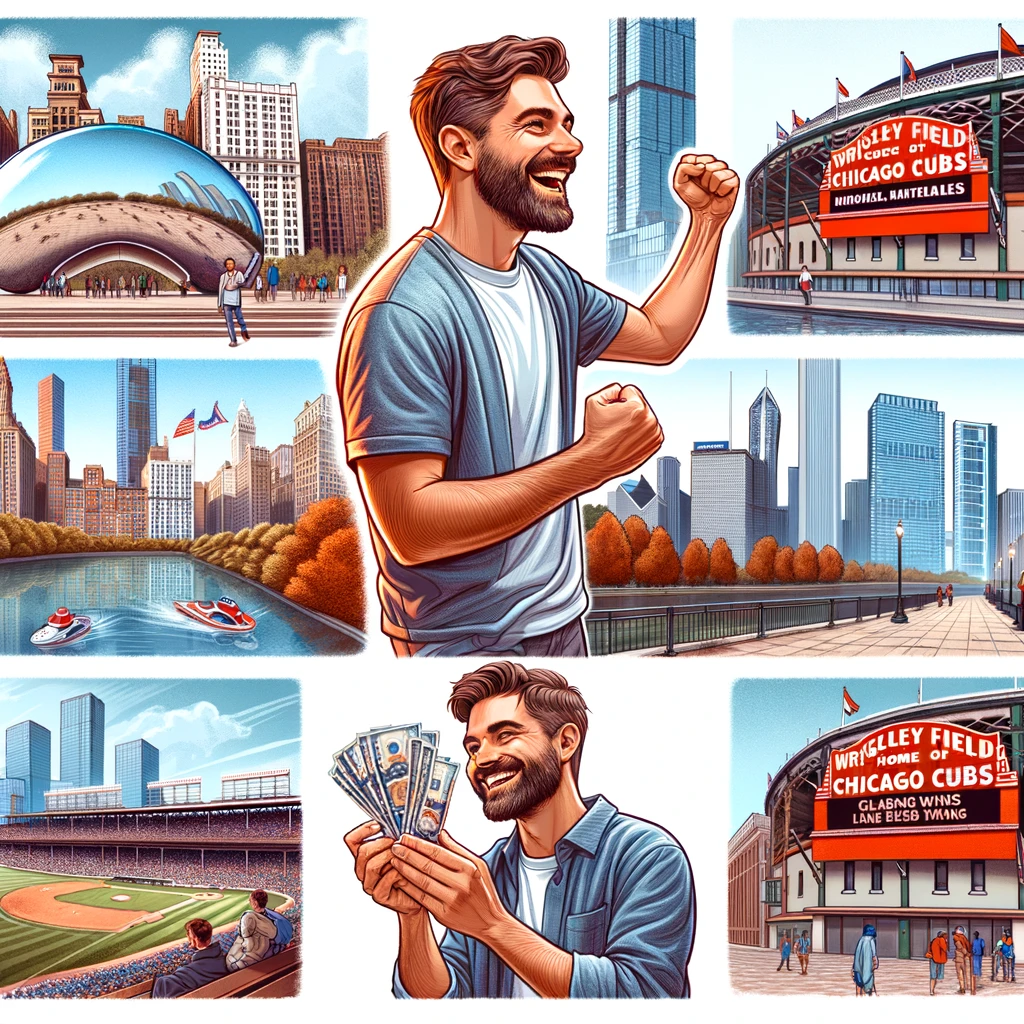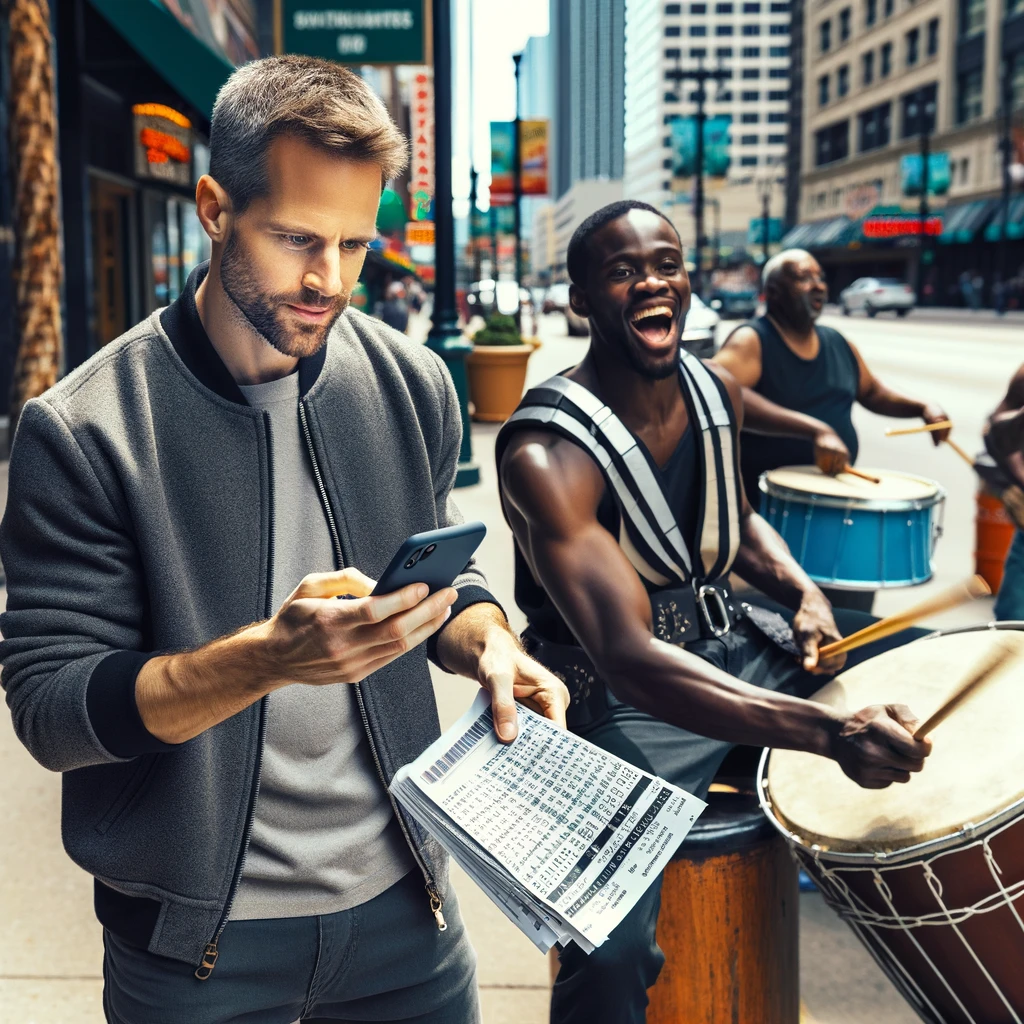Our friend Luke has found himself in the middle of a clandestine operation that’s more subtle than a backdoor play yet as visible as a full-court press. It’s a night where every move on the court seems to align with his ambitious wager.
The Orlando Magic and Golden State Warriors tip off, and the air is electric with an unspoken agreement. Wendell Carter Jr., usually patrolling the paint, is seen hovering beyond the arc. His teammates, with sly nods and smirks, keep feeding him the ball. On the fourth attempt, the ball sails from his hands, arcs high, and drops through the net, ticking his 3-pointer box. The bench erupts in cheers that are a tad too enthusiastic for such an early basket.
Jalen Suggs, meanwhile, is on defense, almost too eager. He’s jumping at shadows, arms flailing with dramatic flair. The opposing team’s shooters seem bewildered, their shots poorly timed and easily swatted away by Suggs, who looks as surprised as anyone each time his hand meets the ball.
Switch to the Hornets-Kings game, where Miles Bridges is suddenly the designated shooter for the night. His teammates, in on the plan, pass up open looks to dish the ball back to him behind the line. He’s shooting with the confidence of a man who knows something the world doesn’t, sinking exactly the right number of threes.
Kevin Murray’s defensive instincts are uncannily on point tonight. Every time a Hornet leaps for a layup or a dunk, Murray is there, his timing impeccable, his blocks clean and almost too perfect, as if the Hornets are telegraphing their moves just for him.
Back with the Warriors, Steph Curry plays a game of cat and mouse, scoring effortlessly but somehow just shy of his usual supernova self. His grin betrays a man who’s in on the joke, playing just under his zenith.
Saric and Paul, both seasoned players, handle their statistics with the finesse of artists, crafting a game that’s as much about numbers as it is about baskets, weaving through the defense but somehow always ending up with the ball just where Luke needs it to be.
The final buzzer sounds, and the players exchange low-fives and winks, their facial expressions a mix of triumph and mischief. Luke can’t help but feel a rush of adrenaline and a twinge of guilt, knowing that the night’s results are as much about the players’ covert antics as they are about skill. The scoreboard tells one story, but the knowing glances tell another – it’s a night where fantasy became reality by the slightest of margins and the subtlest of agreements.